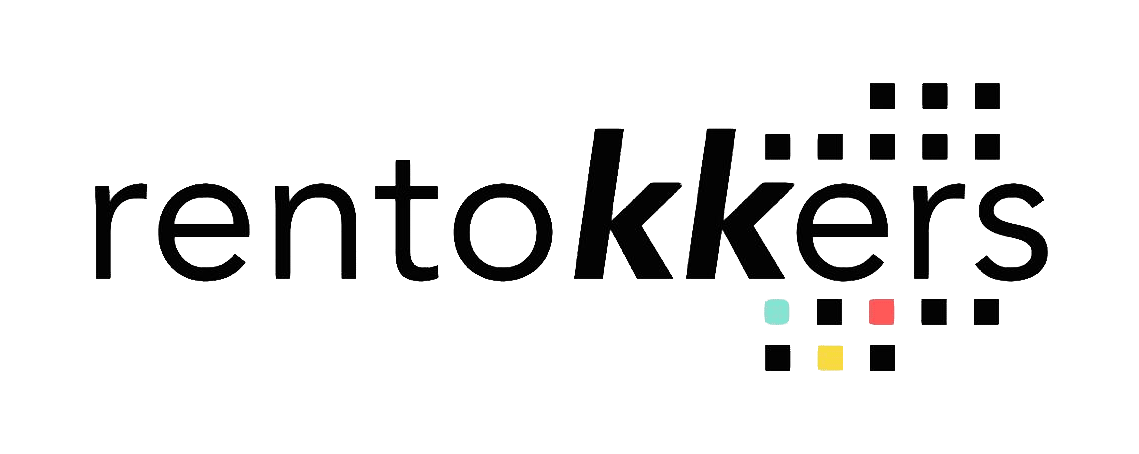
Introduction: The Illiquid Giant
Real estate is the world’s largest asset class. It’s worth more than stocks, bonds, or even gold. Yet it’s also one of the least liquid. Selling a property often takes months. Refinancing can be slow and costly. For decades, real estate investors accepted this trade-off: stability at the cost of flexibility.
Tokenization changes the equation. By turning buildings into tradable digital tokens, real estate could finally join the liquid economy.
Why Liquidity Matters
Liquidity means how easily you can turn an asset into cash without losing value.
-
Stocks? Highly liquid — you can sell within seconds.
-
Bonds? Moderately liquid.
-
Real estate? Deeply illiquid.
This illiquidity ties up wealth. You can be “rich on paper” while struggling with cash flow.
The Traditional Liquidity Problem
-
Time to Sell: A house can sit on the market for months.
-
High Transaction Costs: Agents, lawyers, notaries eat into value.
-
Geographic Dependence: You need local buyers.
-
Large Lot Size: You can’t sell 10% of your apartment. It’s all or nothing.
Tokenization as a Liquidity Bridge
By splitting ownership into small tokens, real estate becomes divisible. Investors can buy and sell tokens on digital platforms without moving the entire asset.
-
Partial Sales: Need cash? Sell 200 of your 1000 tokens.
-
Global Buyer Pool: Anyone with a wallet can participate.
-
Faster Transactions: Smart contracts automate transfer of ownership.
The Secondary Market Dream
The biggest promise of liquidity comes from secondary markets — platforms where tokens trade like stocks. If adoption grows, tokens could become as easy to buy and sell as ETFs.
This shift changes real estate from a long-term, locked-in investment to a dynamic, tradable asset.
Case Studies
-
Reental already facilitates tokenized rental properties with secondary trades.
-
tZERO (US) created a platform where real estate tokens can be exchanged under securities laws.
-
Aspen Coin was resold by investors on digital exchanges — proof of liquidity in action.
Challenges to Liquidity
It’s not automatic. Liquidity depends on:
-
Active marketplaces with enough buyers and sellers.
-
Clear regulation to allow legal trading.
-
Trust in valuation so buyers know what they’re getting.
Without these, tokens risk becoming “digital bricks” — tradable in theory, stuck in practice.
What Liquidity Unlocks
-
Access for Small Investors — buy tokens, sell anytime.
-
More Efficient Portfolios — real estate could finally be balanced like equities.
-
Flexibility for Developers — quicker exits, faster fundraising.
Liquidity, if achieved, could move real estate from an elite asset to an everyday one.
Visual Ideas (max 3):
-
Before/after chart: Traditional property liquidity (months/years) vs tokenized liquidity (minutes/hours).
-
Infographic of an apartment building split into tokens, some being traded in real time.
-
Diagram of secondary market flow: Investor A → Exchange → Investor B.
Conclusion
Liquidity has always been real estate’s weak spot. Tokenization is the strongest attempt yet to fix it. If secondary markets mature, we’ll witness one of the biggest shifts in how wealth is stored and moved. Real estate will no longer just sit. It will flow.

